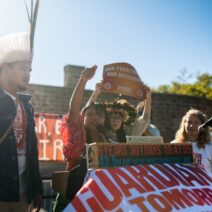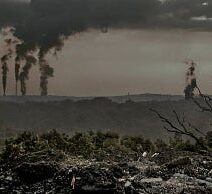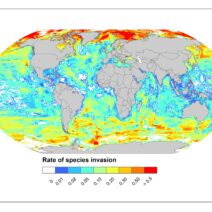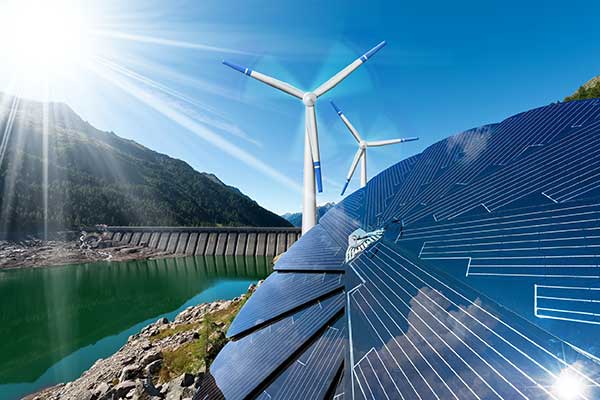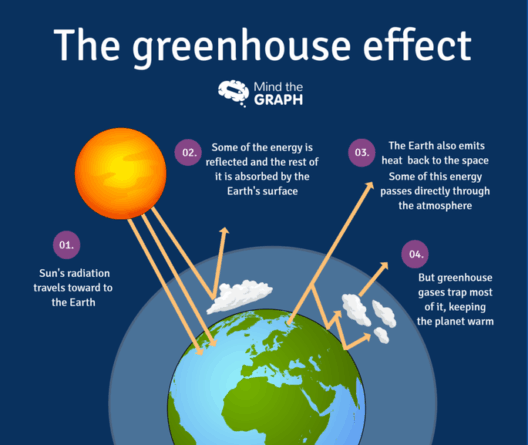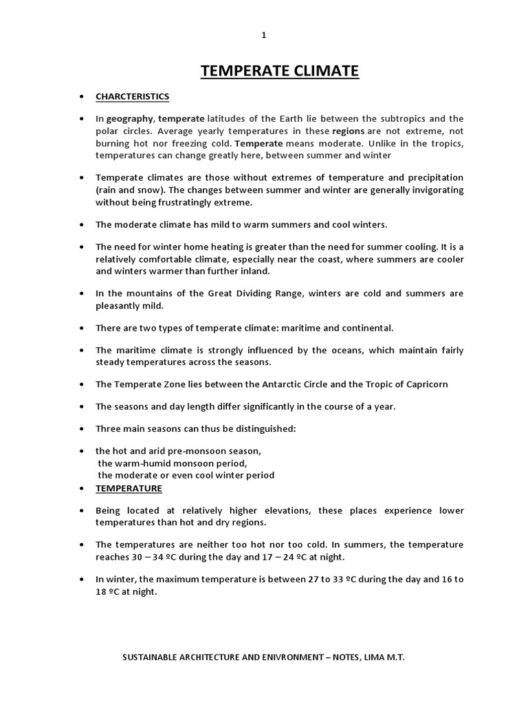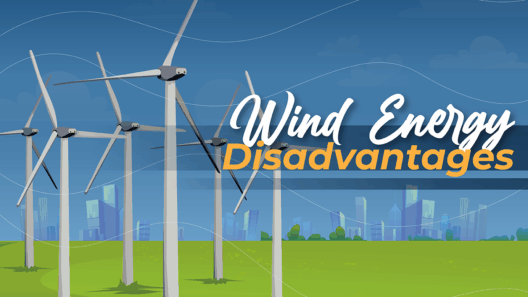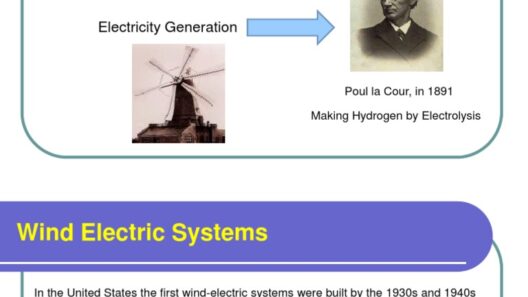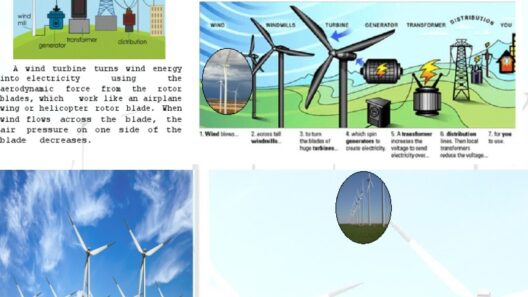As the winds of change sweep across the globe, the question of energy sources becomes increasingly pivotal. Among the contenders in the fight against climate change, wind energy stands tall, evoking images of graceful turbines spinning silently against the blue sky. This article delves into the essence of wind energy, unraveling the intricacies of its renewable nature and its consequential impact on our collective future.
To grasp the intricacies of wind energy’s classification, one must first understand the core principle of renewable resources. These are sources that replenish continuously and are inexhaustible on a human timescale. Wind energy harnesses the invisible currents of the atmosphere, converting them into kinetic energy through turbines. In this ceaseless dance, wind is not just a fleeting moment; it is part of a grander, perpetual cycle dictated by solar radiation, climatic events, and the Earth’s topography. Thus, wind energy is undeniably renewable—a natural phenomenon that persists as long as the sun shines and the Earth rotates.
However, as with any assessment, nuance is imperative. The term “renewable” must be unpacked beyond its surface level. What maintains the health of wind energy’s status? What challenges does it face in an evolving world?
The Dance of Sustainability
When considering the implications of wind energy, it is crucial to look beyond production and examine sustainability as a whole. Wind turbines, often likened to the modern-day windmills of yore, symbolize a sustainable future. They are constructed from materials that, while finite, can be recycled and reintroduced into the market. The process of creating and installing these machines, however, does generate environmental costs. Metal extraction for turbines necessitates energy and resources that can alter ecosystems. Hence, the crux of sustainability lies in the full lifecycle analysis of these renewable structures.
Implementation must harmonize with ecological stewardship. The ideal scenario for wind energy sees careful site selection to minimize disruptions to wildlife and their habitats, while simultaneously maximizing energy production. Reassessing the operation and decommissioning phases of wind farms can yield significant benefits. Ensuring machinery is responsibly dismantled and materials repurposed contributes to the wind energy narrative—the evolving cycle of energy consumption.
The allure of wind energy is not merely its renewable status; it encapsulates a vision of a future devoid of fossil fuels. With wind power, society can step away from non-renewable resources—the inherited relics of the industrial age that have long cast shadows over our planet. Transitioning to wind energy transcends mere obligation; it is a pathway to reimagine our relationship with nature. Each gust of wind becomes a symbol of hope, a whisper of change urging humanity toward its most harmonious form.
The Challenges Ahead
Despite its radiant potential, wind energy faces formidable challenges that must be addressed to fully realize its promise. The intermittency of wind—its unpredictable nature—means that power generation can fluctuate significantly. In a world that demands consistent energy, this raises questions about reliability. A singular reliance on wind energy might create a precarious balance, necessitating complementary technologies to stabilize supply, such as energy storage systems or diversified energy portfolios.
Furthermore, the question of spatial distribution emerges. Wind farms are confined to specific geographical locales where wind patterns are favorable. This can lead to disparities in energy access. Rural areas blessed with the gales of fortune might thrive, while urban centers could find themselves entrenched in energy poverty without adequate infrastructure to channel this renewable reservoir.
As we forge ahead, integrating wind energy into the broader energy matrix requires innovation and a willingness to adapt. This transformation hinges on ongoing research and development, optimizing turbine designs to capture more energy with less environmental impact. Policy frameworks that encourage investment in renewable technologies play an essential role, ensuring that the winds of change do not falter.
The Global Wind Renaissance
The global landscape of energy generation is undergoing a renaissance, and wind energy lies at the forefront. Countries across continents are investing in wind infrastructure, harnessing the power of the atmosphere to drive economies and bolster energy security. This collective movement toward harnessing wind power signifies more than a transition in energy sources—it’s a tribute to humankind’s resilience and ingenuity.
Today, turbine farms are not merely clusters of machines; they embody communities’ aspirations for sustainable living, symbolizing harmony between technological advancement and environmental responsibility. As we collectively embrace wind energy, we become custodians of our planet’s vitality, ensuring that the whisper of the wind is not merely a fleeting sound but a resonant heartbeat of a dynamic, sustainable future.
In conclusion, wind energy stands as a beacon of what’s possible when we align our values with our need for progress. It is renewable, yes, but it is also a call to action—a challenge to rethink our legacy and responsibilities to the Earth. As the turbines turn, so too does the possibility of a cleaner, greener future. The winds of change are blowing; all we need to do is listen and act accordingly.
